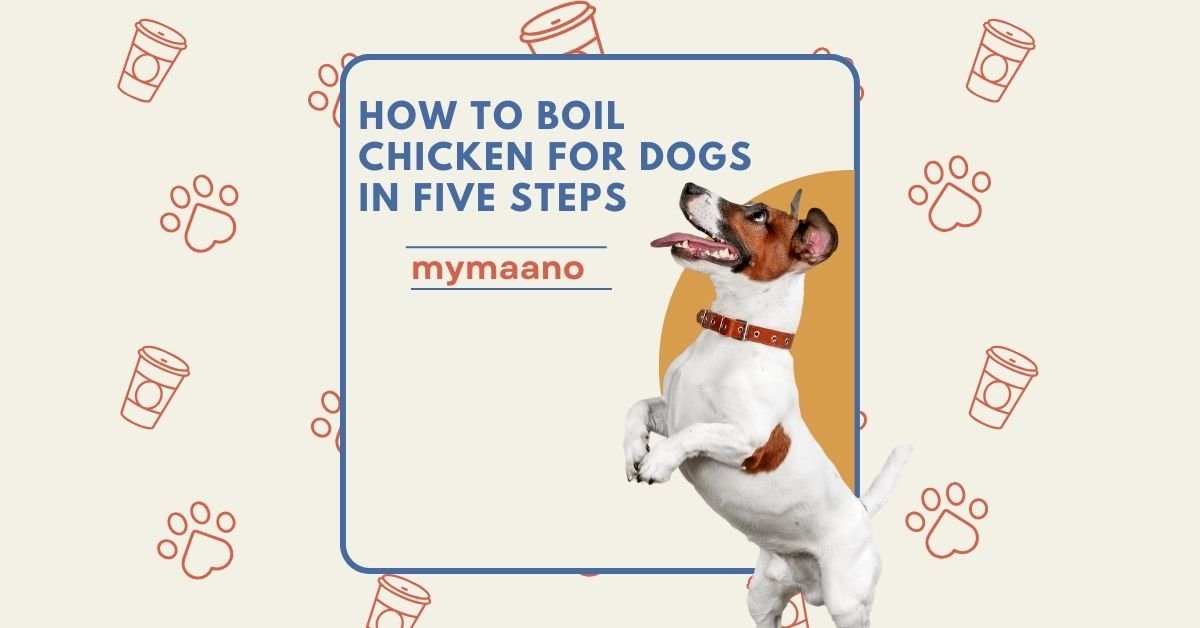HOW TO START CREATING BLOGS
WHAT IS BLOGS? A blog is an online platform where individuals, known as bloggers, share their thoughts, experiences, and
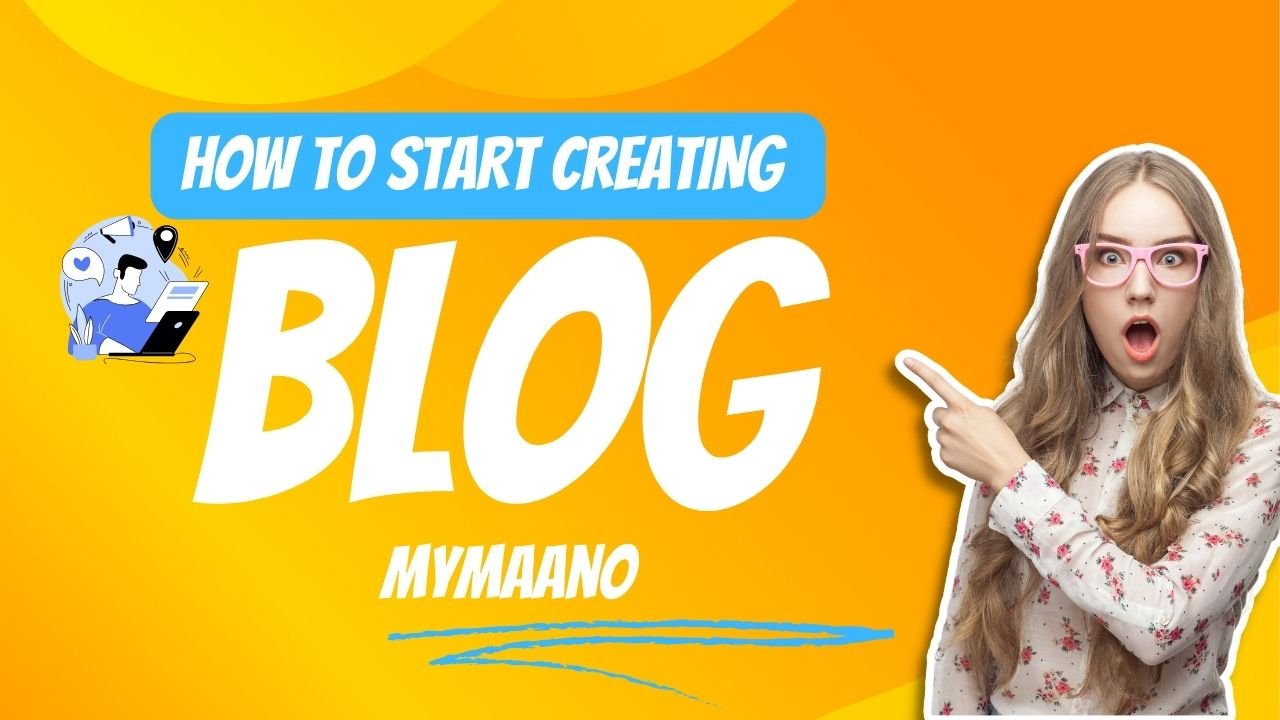
WHAT IS BLOGS?

A blog is an online platform where individuals, known as bloggers, share their thoughts, experiences, and expertise on various topics. It serves as a dynamic space for self-expression, information dissemination, and community building. Blogs can cover a vast range of subjects, including personal narratives, lifestyle, travel, technology, and professional insights. With a user-friendly interface, blogs allow creators to connect with a global audience, fostering engagement through comments and social media interactions.
Reasons to Start a Blog:
Passion and Expression:
- Blogging provides an outlet for creative expression and allows individuals to share their passions, hobbies, and unique perspectives with a wider audience.
Building an Online Presence:
- A blog is an effective tool for establishing an online presence, showcasing expertise and creating a personal or professional brand.
Networking and Community Building:
- Blogging facilitates connections with like-minded individuals. Engaging with a community fosters discussions, feedback, and mutual support.
Educational Platform:
- Blogging enables individuals to share knowledge, insights, and valuable information, positioning the blogger as an authority in a particular niche.
Professional Opportunities:
- A well-maintained blog can open doors to professional opportunities, such as partnerships, collaborations, or even monetization through various channels.
Personal Development:
- Regular writing and content creation contribute to personal growth, improving communication skills, critical thinking, and the ability to articulate ideas effectively.
Simple and Easy Steps to Start Creating a Blog:
1. Define Your Purpose:

HOW TO START CREATING BLOGS
Clearly identify the purpose of your blog. Determine whether it’s for personal expression, professional branding, or sharing expertise in a specific niche. Defining the purpose of your blog is akin to setting the compass for a fulfilling and intentional journey. Whether it’s an avenue for personal expression, a platform for professional branding, a space for knowledge sharing, or a combination of these elements, your purpose shapes the essence of your blog. It becomes a canvas for self-expression, a hub for community building, and a tool for personal growth. A blog with a clear purpose not only resonates authentically with your audience but also guides the content you create, fostering meaningful connections and potentially opening doors to various opportunities, be they personal, professional, or even societal.
2. Choose a Niche:
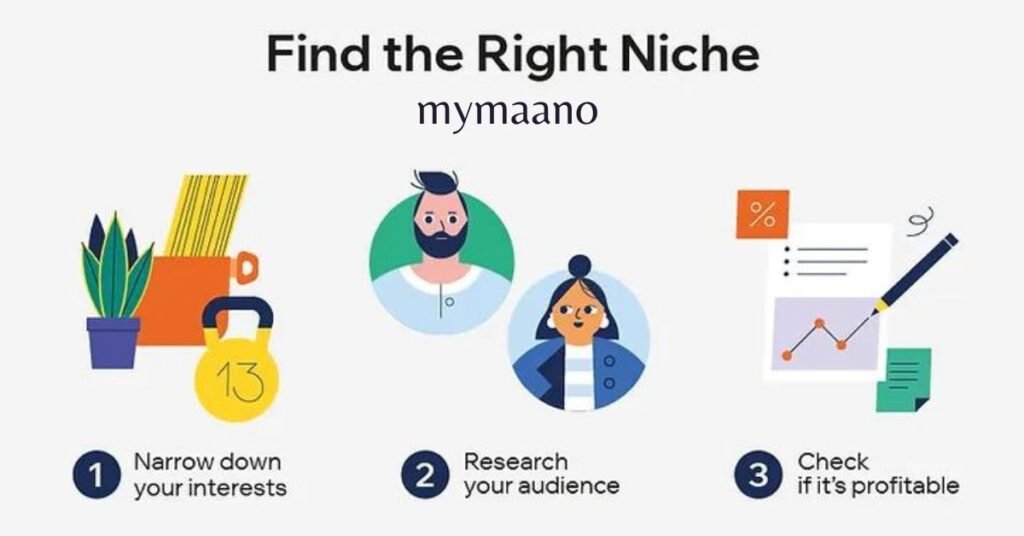
HOW TO START CREATING BLOGS
Select a niche or topic that aligns with your interests, expertise, and potential audience. A focused niche helps attract a specific reader demographic.
As you embark on your blogging journey, think beyond the immediate and envision the long-term commitment required. Sustainable motivation stems from genuine interest, so prioritize selecting a topic that truly captivates your curiosity. Resist the allure of trends or profitability alone; otherwise, both your enthusiasm and content strategy may wane prematurely.
If you find yourself unsure about your blogging focus initially, engage in a purposeful brainstorming session centered around your passions. What subjects light up your enthusiasm, and what areas are you eager to explore further? Begin by compiling a list of the first five to ten broad interests,
- such as
- Travel
- Cooking
- Family
- Music
- Hiking.
Now, elevate your exploration by delving deeper into each interest, specifying more distinct niches like - Backpacking in Southeast Asia
- Vegan Recipes
- Raising Twins
- Indie Rock Music
- Hiking in the Rockies.
While these niches need not be flawless in this initial phase, they will serve as a robust foundation for more comprehensive exploration in the subsequent steps of your blogging journey.
Remember, your blog’s niche is not just a category; it’s the soul of your content, the distinctive flavor that will set you apart. Embrace the process, refine your focus, and embark on a blogging venture with a purpose that resonates not only with you but with the audience you aim to inspire.
3. Select a Blogging Platform:
Choosing the right blogging platform is a pivotal decision that lays the foundation for your online presence. Each platform offers distinct features, ease of use, and customization options, so consider your goals and preferences when making this choice. Popular platforms like WordPress, Blogger, and Medium cater to different needs.
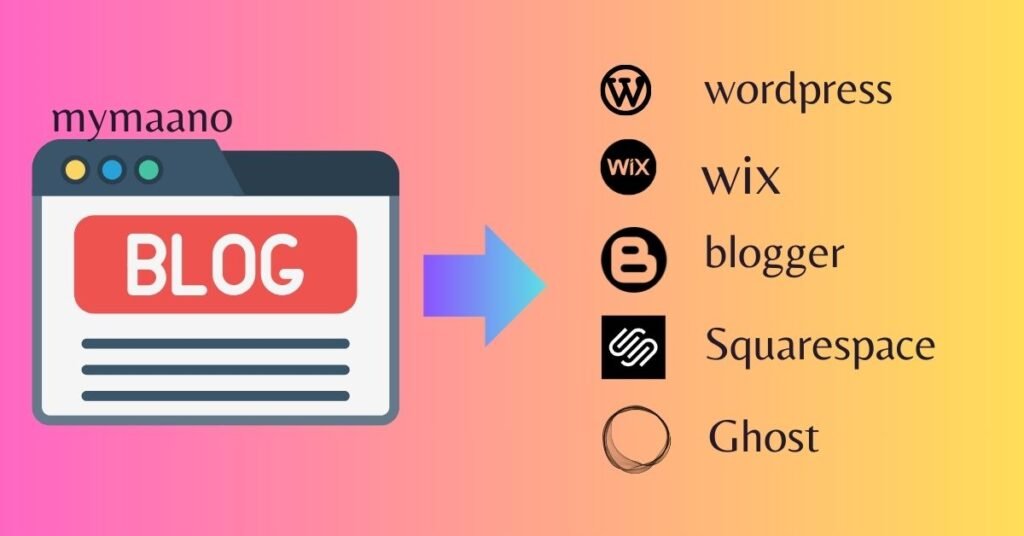
HOW TO START CREATING BLOGS
- WordPress: Ideal for versatility and customization, WordPress empowers bloggers with a vast array of themes and plugins. Its user-friendly interface accommodates both beginners and experienced bloggers, making it the go-to choice for many.
- Blogger: Owned by Google, Blogger is user-friendly and integrates seamlessly with other Google services. It’s an excellent choice for beginners seeking simplicity, though it may have fewer customization options compared to WordPress.
- Medium: Focusing on simplicity and a clean user interface, Medium is perfect for writers who want to emphasize content over intricate design. It’s a platform known for its engaged community and straightforward publishing process.
- Wix: Wix offers a drag-and-drop website builder, making it accessible for those without technical expertise. It’s a great choice for visual-centric blogs and those who want a website builder integrated into their blogging platform.
- Squarespace: Known for its visually appealing templates, Squarespace is an all-in-one platform offering both website-building and blogging features. It’s an excellent choice for bloggers who prioritize aesthetics.
- Ghost: Ghost is a platform dedicated to content creators, focusing on simplicity and performance. It’s an excellent choice for those who want a straightforward blogging experience without unnecessary features.
4. Pick a Domain Name:
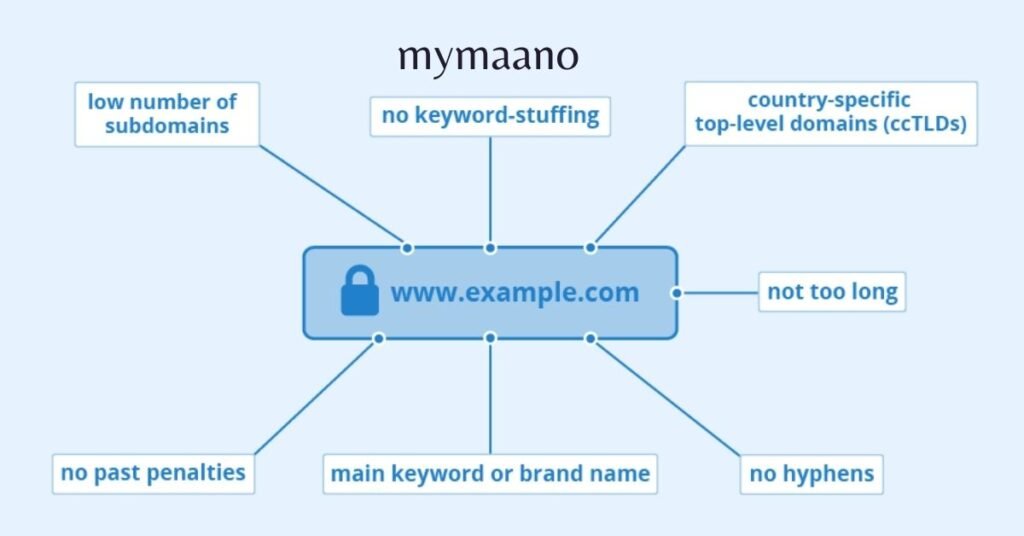
HOW TO START CREATING BLOGS
Selecting a domain name is a crucial step in establishing your blog’s identity. Your domain is not just an address; it’s the face of your online presence, impacting brand recall and search engine visibility. Consider these steps when picking a domain name:
- Relevance and Memorability: Choose a name that reflects your blog’s content or niche. It should be easy to remember, spell, and resonate with your target audience.
- Keep it Short and Simple: Shorter domain names are easier to remember and type. Avoid complex spellings or unnecessary characters to enhance user-friendliness.
- Avoid Hyphens and Numbers: Hyphens and numbers can complicate verbal communication and are often mistyped. Aim for a clean, alphanumeric name for clarity.
- Consider Keywords: Include relevant keywords in your domain to improve search engine optimization (SEO) and signal your blog’s focus.
- Check Availability: Ensure your chosen domain is available and not already in use. Use domain registration platforms to verify its Availability and explore variations if needed.
- Brand Consistency: Align your domain with your brand. Consistency across your blog’s name, content, and visuals enhances brand recognition.
- Research Trademarks: Check for trademarks associated with your chosen domain to avoid potential legal issues. Ensure your name is unique and not copyrighted.
- Future Scalability: Consider your blog’s potential growth. A domain name should withstand the test of time and remain relevant as your blog evolves.
- Choose the Right Extension: While “.com” is the most common and widely recognized, explore other extensions like “.blog,” “.net,” or “.co” based on Availability and relevance.
5. Customize Your Blog:

Once you’ve chosen your blogging platform and secured a domain name, the next exciting step is customizing your blog to reflect your unique style and brand.
Here’s a guide to help you tailor your digital space:
- Choose a Theme: Select a theme that aligns with your blog’s purpose and appeals to your target audience. Consider the visual aesthetics, layout options, and customization flexibility offered by your chosen platform.
- Branding Elements: Incorporate consistent branding elements such as a logo, colour palette, and font selection. These elements enhance brand recognition and create a cohesive visual identity.
- Header and Footer: Customize your blog’s header and footer to include essential information, navigation menus, and links to key pages. Make these sections are user-friendly and reflective of your blog’s personality.
- Widgets and Sidebars: Utilize widgets and sidebars to enhance functionality and engagement. Popular widgets include social media feeds, popular posts, and subscription options. Arrange them strategically for a seamless user experience.
- Navigation Menus: Organize navigation menus logically to help visitors explore your content effortlessly. Clearly label categories, pages, and any relevant sections to enhance user navigation.
- Typography: Choose readable and viusually appealing fonts for your blog’s text. Consistent typography contributes to a polished and professional appearance.
- Imagery and Multimedia: Incorporate high-quality images and multimedia elements that complement your content. Visual appeal enhances user engagement and leaves a lasting impression.
- Colour Scheme: Select a cohesive colour scheme that aligns with your the brand and creates a visually pleasing atmosphere. Consistency in color choices contributes to a polished and harmonious design.
- Mobile Responsiveness: Ensure your blog is mobile-friendly to cater to users accessing your content on various devices. Check how your chosen theme adapts to different screen sizes for a seamless user experience.
- Test and Iterate: Regularly test your blog’s customization on different devices and browsers. Gather feedback from trusted sources and iterate on your design to continually enhance the user experience.
6. Create Quality Content:
Creating quality content is the cornerstone of a successful blog. It goes beyond mere words on a page; it’s about crafting compelling narratives, providing valuable insights, and engaging your audience authentically. Quality content is informative, well-researched, and tailored to meet the needs and interests of your readers. It captivates attention, sparks curiosity, and leaves a lasting impression. Strive for clarity, originality, and a distinctive voice that reflects your personality or brand. Whether it’s solving a problem, sharing experiences, or offering expert advice, each piece of content should aim to deliver genuine value. In the vast digital landscape, quality content not only establishes your authority in your niche but also fosters a loyal readership, driving the success and longevity of your blog.
7. Optimize for SEO:

Ensuring your blog is optimized for search engines (SEO) is paramount for increasing online visibility and attracting a wider audience.
Here’s a comprehensive guide to help you optimize your blog effectively
- Keyword Research: Identify relevant keywords related to your blog’s content. Use tools like Google Keyword Planner or SEMrush to discover high-traffic keywords that align with your niche.
- Strategic Keyword Placement: Incorporate your chosen keywords strategically in key areas such as titles, headings, meta descriptions, and naturally within your content. It enhances search engine understanding of your blog’s relevance.
- Quality Content is Key: Create high-quality, valuable content. Search engines prioritize content that provides genuine value to users. Consistent, well-researched, and engaging content contributes significantly to SEO.
- Optimize Images: Compress images to improve page loading speed, a crucial factor for SEO. Add descriptive alt text to images, enhancing accessibility and providing search engines with relevant information.
Mobile-Friendly Design:
Ensure your blog is optimized for mobile devices. Google prioritizes mobile-friendly websites, and a responsive design enhances user experience across different devices.
- Internal Linking: Include relevant internal links within your content. It not only helps users navigate your blog but also assists search engines in understanding the structure and hierarchy of your content.
- External Linking: Link to reputable external sources when relevant. It builds credibility and indicates to search engines that your content is well-researched and connected to authoritative information.
- Meta Descriptions: Craft compelling meta descriptions for each blog post. These concise summaries not only inform users about your content but also influence search engine click-through rates.
- User-Friendly URLs: Create clear, concise, and user-friendly URLs for your blog posts. Avoid complex structures or excessive use of numbers and symbols.
- Regular Content Updates: Frequently update your blog with fresh, relevant content. Regular updates signal to search engines that your blog is active and consistently providing valuable information.
- Social Media Integration: Promote your blog on social media platforms. Social signals can impact SEO, and increased visibility on social networks can lead to more organic traffic.
- Page Loading Speed: Optimize your blog’s loading speed. Google considers page speed in its ranking algorithm, and a faster-loading site improves user experience.
- Secure Your Site with HTTPS: Implement HTTPS for your blog to ensure a secure connection. Google gives preference to secure websites, and it can positively impact your search rankings.
- XML Sitemap Submission: Submit your blog’s XML sitemap to search engines. It assists them in crawling and indexing your content more efficiently.
8. Promote on Social Media:

Leverage social media platforms to promote your blog. Connect with your audience and share content across platforms to increase visibility.
9. Build an Email List:

HOW TO START CREATING BLOGS
Implement an email subscription option to build a direct connection with your audience. Offer incentives to encourage newsletter sign-ups.
10. Engage with Your Audience:

HOW TO START CREATING BLOGS
Foster a sense of community by actively responding to comments, messages, and feedback. Engaging with your audience strengthens relationships.
11. Explore Monetization Options:
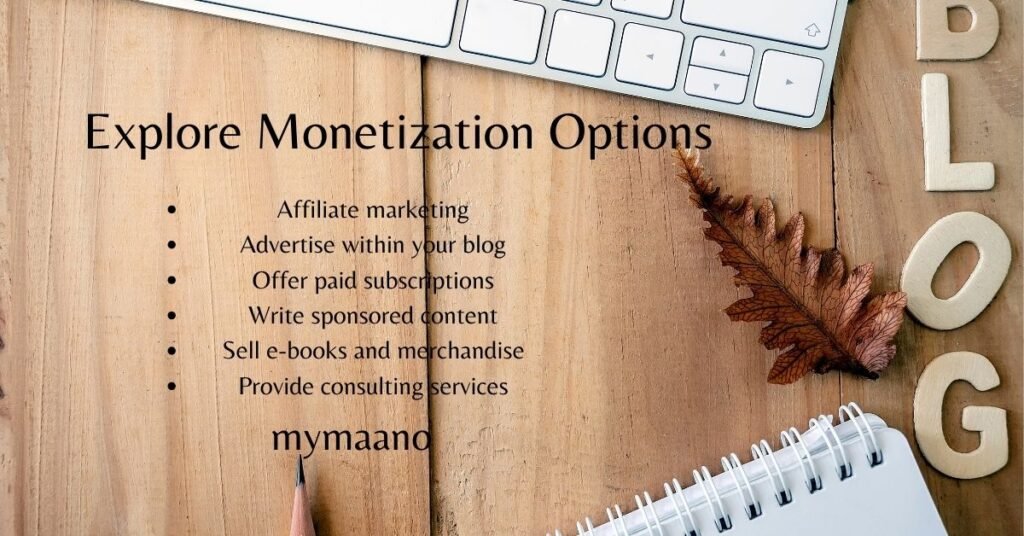
Affiliate Marketing:
- Option: Forge partnerships to earn commissions promoting relevant products.
- Insight: A collaborative approach that benefits both bloggers and brands, adding value to your content.
Sponsored Content:
- Option: Collaborate with brands for sponsored posts or product features.
- Insight: Maintains authenticity while offering brand exposure to your engaged audience.
Display Advertising (e.g., Google AdSense):
- Option: Strategically place display ads on your blog.
- Insight: Balancing ad placement is crucial for optimizing revenue without compromising user experience.
Digital Products (e.g., eBooks, Online Courses):
- Option: Create and sell digital offerings.
- Insight: Leverage your expertise to provide valuable, in-depth content to a willing audience.
Subscription Models:
- Option: Offer premium content through subscription tiers.
- Insight: Builds a dedicated community willing to invest in exclusive, high-quality content.
Crowdfunding and Donations:
- Option: Allow direct support from your audience.
- Insight: Fosters a sense of community and gratitude among your readers, who appreciate your content.
Maintain Authenticity:
- Option: Balance profitability with authenticity.
- Insight: Sustaining trust is crucial for long-term success; choose monetization methods that align with your blog’s values.
12. Analyze Blog Metrics:
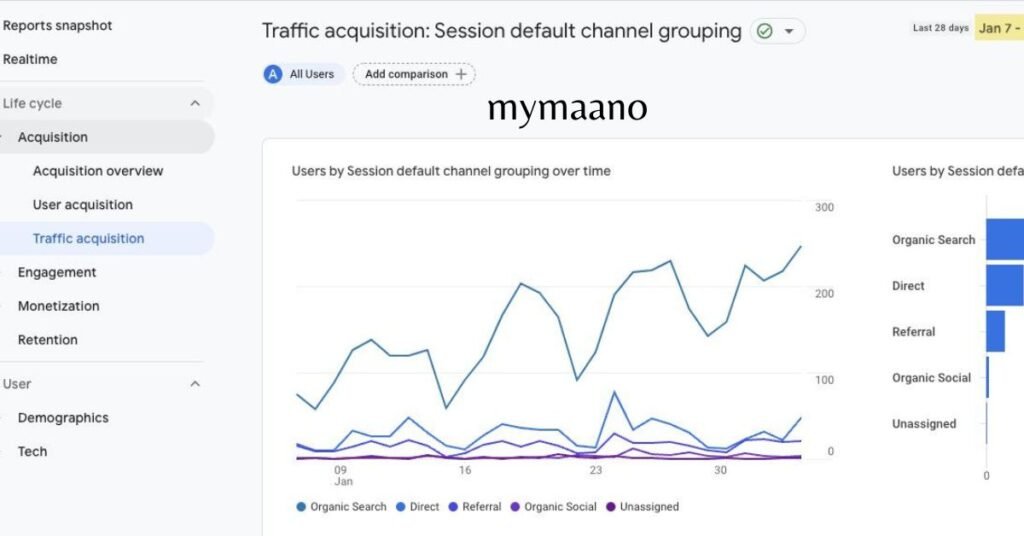
Regularly monitor blog analytics to track performance. Assess metrics like page views, audience demographics, and popular content to inform your strategy.
13. Learn and Adapt
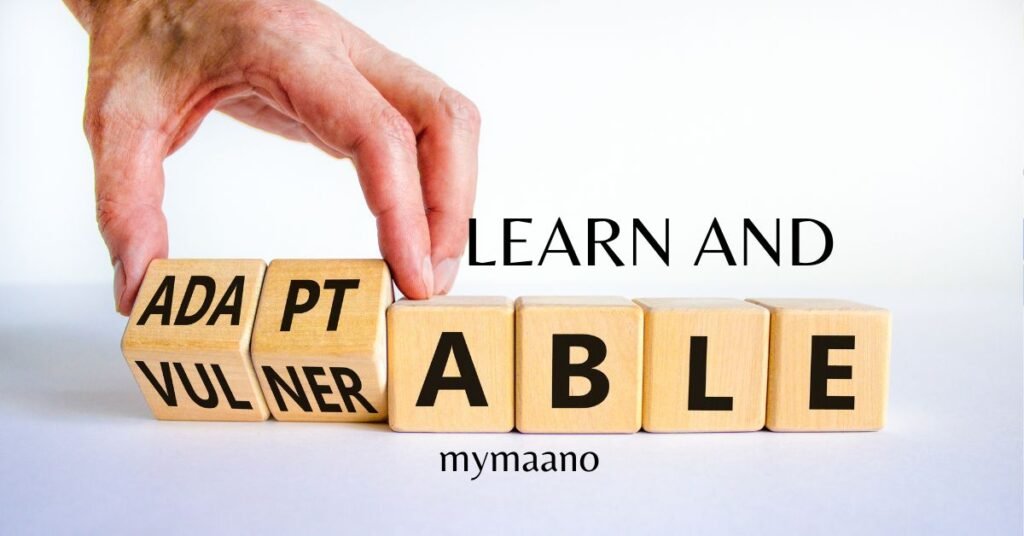
HOW TO START CREATING BLOGS
Stay updated on blogging trends and continuously refine your skills. Adapt to industry changes, incorporating new technologies and strategies into your blogging approach.
“Embark on your blogging journey with passion and purpose. Connect authentically, explore diverse monetization avenues, and create a blog that resonates with your audience. Happy Blogging!” Also, share your experience with me via email as well as comment. I hope this content is helpful to you. Read more at mymaano.com.

















